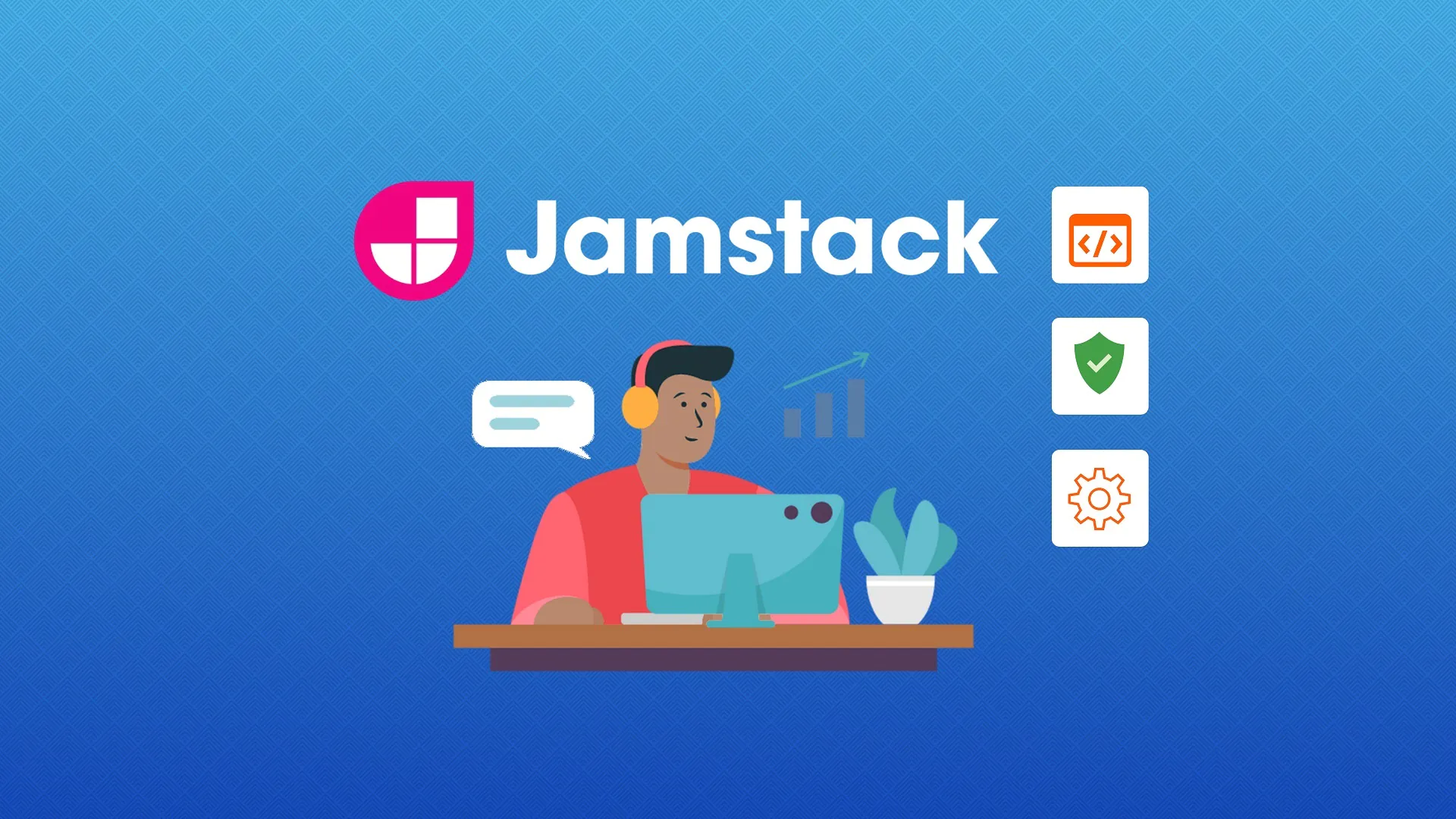
- October 28, 2023
- admin
- 0
In recent years, the web development landscape has witnessed a significant shift away from traditional monolithic content management systems (CMS) and server-rendered websites towards more agile and efficient architecture. One such architecture that has gained widespread popularity is the JAMstack. JAMstack, which stands for JavaScript, APIs, and Markup, is an innovative approach to web development that offers numerous advantages over traditional methods. In this blog post, we will explore the JAMstack architecture and discuss its benefits and use cases.
What is JAMstack?
JAMstack is a modern web development architecture that leverages client-side JavaScript, reusable APIs, and pre-built markup to create fast, secure, and highly performant websites and web applications. Unlike traditional server-side rendering, where content is generated dynamically upon each request, JAMstack encourages developers to pre-render as much as possible and serve static assets from Content Delivery Networks (CDNs).
Let’s break down the key components of JAMstack:
1. JavaScript
JAMstack heavily relies on JavaScript, not for server-side processing, but for enhanced user experiences. JavaScript is used to create interactive and dynamic web interfaces, making websites more engaging.
2. APIs
APIs play a vital role in JAMstack architecture. Instead of handling server-side logic within the application, JAMstack leverages external APIs for dynamic data fetching and processing. This separation of concerns simplifies the development process and improves security.
3. Markup
Markup refers to the static HTML files that represent the basic structure and content of your web pages. These files are generated during the build process and can be served directly from a CDN for faster delivery.
Benefits of JAMstack Architecture
1. Improved Performance
By serving pre-rendered HTML from CDNs, JAMstack websites offer blazing-fast load times. This architecture reduces the server-side processing and database queries, resulting in a highly responsive user experience.
2. Enhanced Security
The reduced server-side complexity and a smaller attack surface make JAMstack sites more secure. Moreover, the use of external APIs for dynamic data minimizes the risk of SQL injection and other common vulnerabilities.
3. Scalability
JAMstack sites are inherently scalable. CDNs distribute static assets globally, ensuring consistent performance, even under heavy traffic loads. Scaling only involves provisioning more CDN capacity, making it cost-effective and straightforward.
4. Simplified Workflow
The separation of concerns in JAMstack architecture streamlines the development process. Front-end developers can focus on building engaging user interfaces, while back-end developers can concentrate on API development. This separation allows for faster development cycles.
5. Content Management
JAMstack sites often use headless content management systems (CMS) to manage content. These headless CMSs provide a flexible content creation and editing experience, allowing content authors to work independently of the development team.
Use Cases for JAMstack
1. Blogs and Content Websites
JAMstack is an excellent choice for blogs and content-driven websites. The separation of content and presentation enables easy content updates and publishing.
2. E-commerce Sites
JAMstack is well-suited for e-commerce platforms, where performance, security, and scalability are critical. APIs can handle product catalog updates and inventory management, while the static front-end delivers a seamless shopping experience.
3. Single-Page Applications (SPAs)
SPAs that require a rich user experience and real-time updates can benefit from JAMstack. JavaScript can handle dynamic interactions, while APIs power data retrieval and manipulation.
4. Company and Portfolio Sites
JAMstack is perfect for company websites, portfolios, and personal blogs. The architecture’s simplicity and speed make it an attractive option for showcasing information.
Tools for Building JAMstack Websites
Several tools and frameworks are available for building JAMstack websites:
1. Static Site Generators
Tools like Gatsby, Next.js, and Hugo are popular choices for generating static HTML files from dynamic data sources.
2. Headless CMS
Contentful, Strapi, and Netlify CMS are examples of headless CMS solutions that enable content authors to manage content independently.
3. CDNs
Content Delivery Networks like Netlify, Vercel, and Cloudflare are commonly used for hosting and serving JAMstack websites.
4. Serverless Functions
AWS Lambda, Azure Functions, and Netlify Functions allow for serverless back-end functionality, enhancing the capabilities of JAMstack sites.
Conclusion
The JAMstack architecture represents a paradigm shift in web development, emphasizing speed, security, and scalability. By utilizing pre-rendered HTML, external APIs, and JavaScript, JAMstack offers numerous benefits and is well-suited for a wide range of use cases. Whether you’re building a blog, e-commerce site, or a company portfolio, JAMstack provides a modern and efficient solution to meet your web development needs. Embrace the JAMstack and experience the future of web development today!
